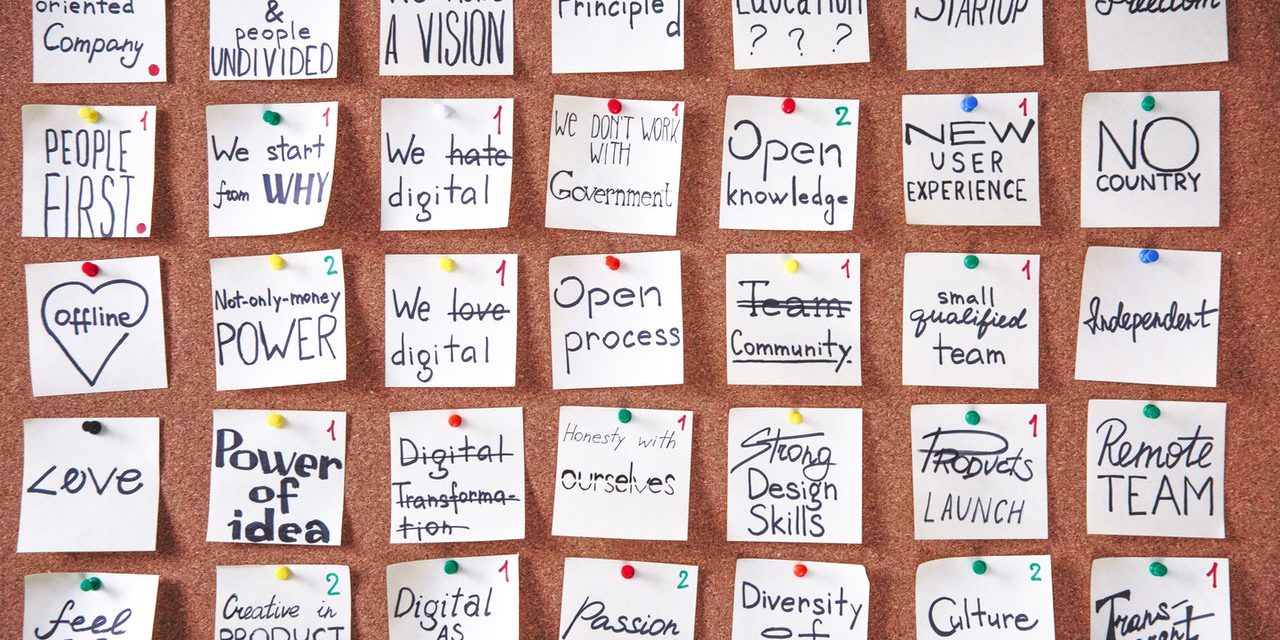Of the hundreds of MSPs that I have met over the years, there are maybe only a select few that I would consider to be true “visionaries”. These individuals appear to possess the ability to identify trends long before they take shape and they are always at the forefront of innovations (whether it’s in service delivery, packaging of services, go-to-market strategies, etc.). Put simply, they know the problems they are facing and they are always digging deep to find solutions.
Once I realized how scarce these individuals truly are, I began to think more about whether or not this is something that could be taught, or at least nurtured into existence. When someone is “wise beyond their years” they tend to have a natural quality to understand things at a very high level and they are able to pair that understanding with the creative logic necessary to communicate it. Even though this is an individual trait, it is definitely something that others can draw from, and with the right conditions it can be bred through the constant exposure new ideas. Think of this like a way to “reformat” your brain to always be thinking bigger and with a higher purpose.
So how do you build a super-team full of visionaries? You start by brainstorming. The act of sharing ideas is crucial to expanding the team’s view of what’s happening and letting them develop their own deeper understanding of its impact on the business. The problem is, this can be difficult (and time consuming) to achieve through conversation alone, hence why we believe that visual brainstorming within remote teams is one of the next big trends to take shape in our industry and others.
Here are a few steps for hosting brainstorming exercises within your organization to build a visionary-culture that values innovation and creativity:
Develop A Routine To Brainstorm Solutions
If you want to really embed this concept into your business, you need to establish a reliable routine. This could be as simple as a recurring appointment on the calendar every week or month to host a virtual or in-person session for the sole purpose of brainstorming and exchanging new ideas.
The problem with recurring meetings is that they sometimes evolve into conversations that have no purpose. To avoid this, you should be constantly logging both major and minor challenges that the organization (or industry) is facing to act as topics for these sessions. If your list ever runs dry, host a brainstorming session for the sole purpose of coming up with new topics to brainstorm in the future.
Get Your Whole Team To Participate
The reason that traditional meetings are not conducive to sharing ideas is because there is always a hierarchy within every conversation. Those who are major stakeholders at the company tend to dominate the conversation (and for good reason) but it leaves very little room for others to share their own thoughts and opinions, nor is it a welcoming environment to do so.
Brainstorming sessions should be the opposite of this. It’s a time for every employee at the company (no matter where they are on the org chart) to share their thoughts on the subject at hand. As for an MSP, getting the opinions of people who are on the front-line supporting end customers can be incredibly valuable and lead to customer-centric innovations that management simply couldn’t have come up with on their own.
Communicate Your Thoughts Visually
Sharing ideas one at a time is very time consuming. This is often why the most productive brainstorming sessions are not conducted through conversation and why the “whiteboard” has long been a symbol of this means of collaboration. While there is nothing wrong with using a dry erase-board and some markers to conduct your sessions, this can be difficult to do in a remote environment. This is where newly developed visual collaboration tools come in handy.
While there are several tools available designed for this exact purpose, our favorite is an app called Mural. This offers a visual canvas to facilitate brainstorming sessions and gather ideas in timed intervals, making this process incredibly efficient and team-friendly. It even comes with hundreds of templates to use, that will help you better structure your sessions for the ideal output.
Encourage “Outside-The-Box” Thinking
As you are facilitating these sessions, it’s important to encourage participants to let their minds wander in directions that may seem a little unusual. Believe it or not, while these ideas may not be the most popular choices, they do contribute to the success of the session overall.
If participants think that only the most obvious ideas are acceptable, then they are going to try to edit themselves and only produce ideas that they think fit that criteria. This will yield fewer results and will make the sessions less productive. Instead, be accepting of any ideas, no matter how strange they may seem and encourage your team to think differently and have fun with it.
Put Ideas Together To Make New Ones
As you start to gather ideas in larger volumes, it can be a lot to process at first. It’s important to understand that ideas are much like raw ingredients, and they have to be processed and refined in order to achieve a desired outcome. Part of this process can be achieved within your sessions but some of it will be done after-the-fact as well.
In my experience, some of the best ideas that we have ever executed on have been a combination of different people’s inputs all coming together into one concept. After your team has produced its first batch of ideas, look to combine them together to make new ideas, taking the best components of each. This also helps to build better morale, as more individuals are able to see their input reflected in the final outcome.
This constant exposure to new ideas will not only have a positive impact on the personal growth of your team, but it will also help you tackle bigger issues as a group rather than individually. While the saying “it’s lonely at the top” may be true in many cases, you shouldn’t rely on the vision and decision-making of one person to decide the fate of the entire company. It’s better to have an entire team of visionaries who all see your problems a little differently, and establishing a way for them to be part of the solution.

SPONSORED BY ZEST















